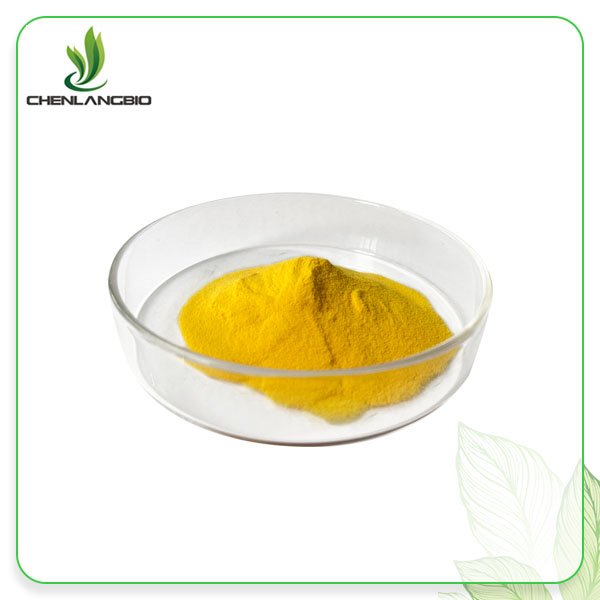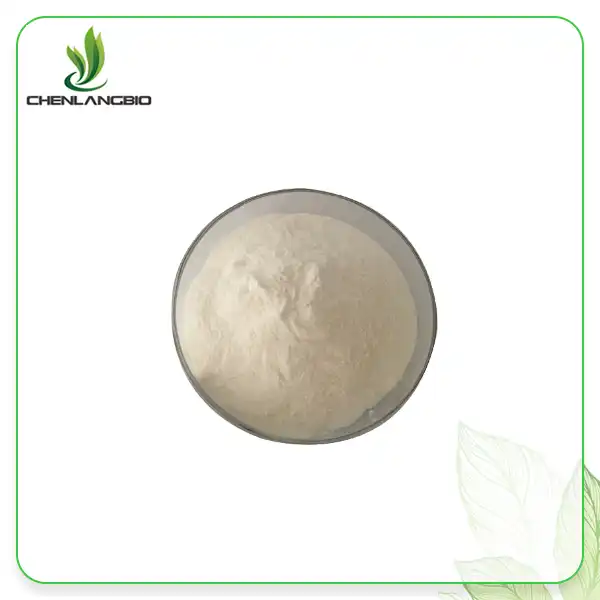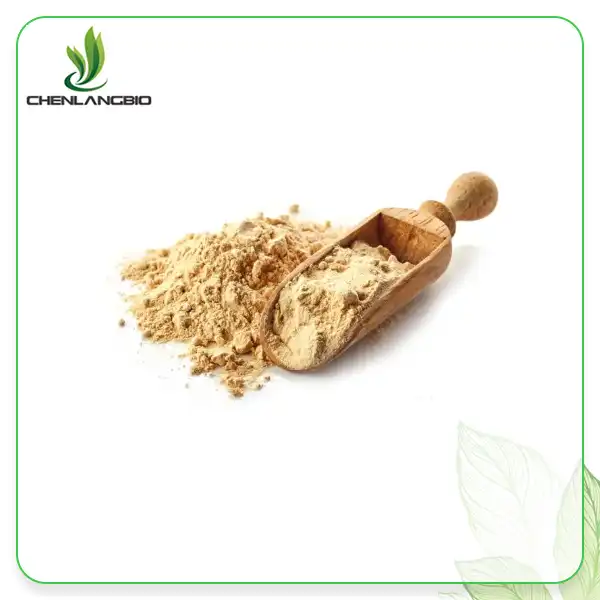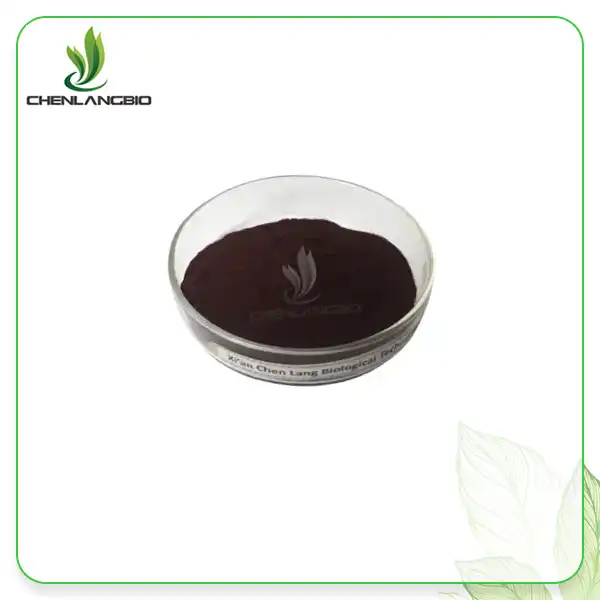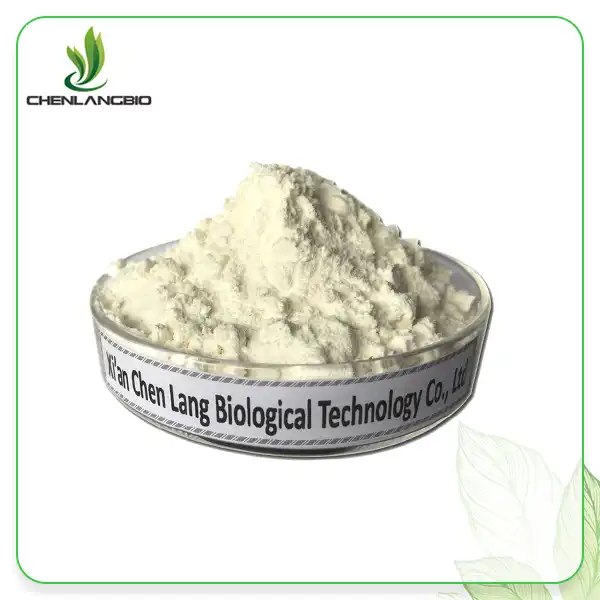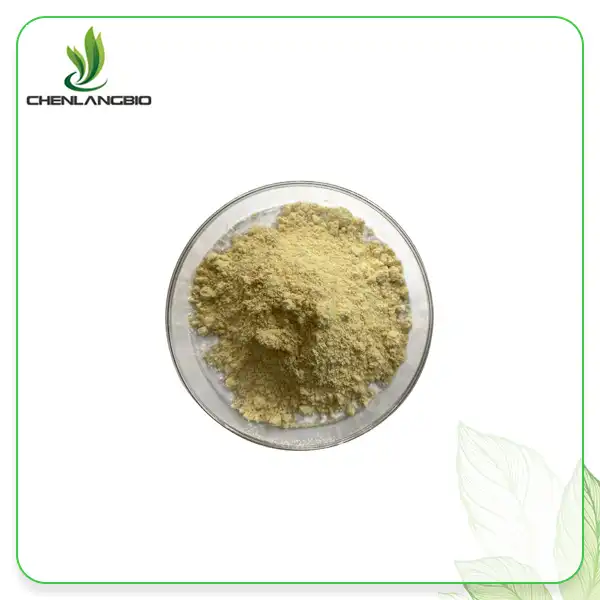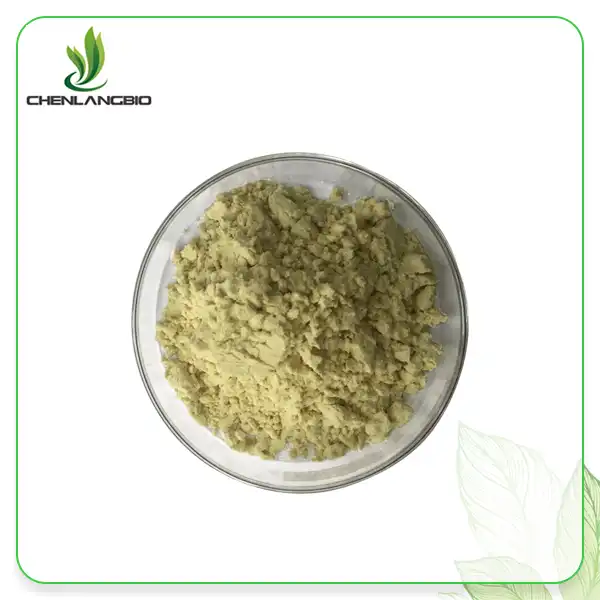What Foods Contain Mangiferin
2024-06-13 22:12:55
Mangiferin is a naturally occurring polyphenol with potent antioxidant properties, primarily found in mangoes and several other plants. This compound has gained considerable attention for its numerous health benefits, including anti-inflammatory, antidiabetic, and anticancer effects. Understanding which foods contain mangiferin can help individuals make dietary choices that support their health and well-being. In this article, we explore the foods rich in mangiferin and how incorporating these into your diet can be beneficial.
Which Fruits Are High in Mangiferin?
Mangiferin is most commonly associated with mangoes (Mangifera indica), which are not only delicious but also highly nutritious. Mangoes are the primary source of mangiferin, making them an excellent choice for those looking to increase their intake of this powerful antioxidant.
Mangoes: The Richest Source
Mangoes are the richest source of mangiferin, particularly in their skin and leaves. The concentration of mangiferin in mangoes varies depending on the variety and the ripeness of the fruit. Generally, the skin contains higher amounts of mangiferin compared to the flesh.
Health Benefits: Mangoes offer a plethora of health benefits due to their high mangiferin content. These benefits include improved immune function, reduced inflammation, and enhanced digestive health. Mangiferin in mangoes has also been linked to anti-cancer properties, making regular consumption of this fruit highly beneficial.
Culinary Uses: Mangoes can be consumed fresh, dried, or used in a variety of culinary applications, including smoothies, salads, and desserts. To maximize mangiferin intake, consuming the peel (after thorough washing) or using mango leaf extracts can be beneficial.
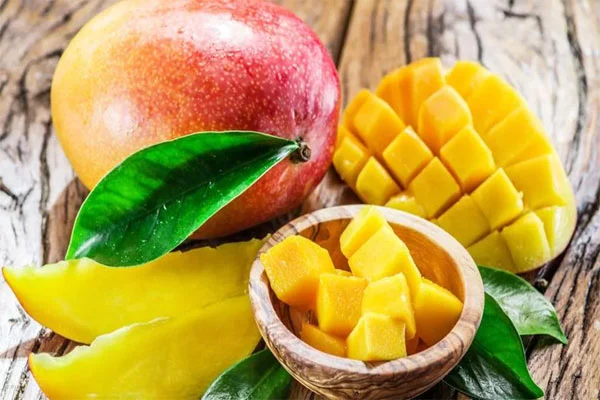
Other Fruits Containing Mangiferin
While mangoes are the most well-known source, several other fruits also contain mangiferin, albeit in smaller amounts.
Bananas: Particularly the peel of green bananas, contain mangiferin. Though less popular for direct consumption, banana peels can be used in smoothies or cooked dishes to boost mangiferin intake.
Papayas: Papayas also contain mangiferin, offering additional benefits such as improved digestion and reduced inflammation. Including papayas in your diet can contribute to overall antioxidant intake.
Grapes
Grapes, particularly red and purple varieties, have been found to contain mangiferin in small amounts. The compound is mostly present in the skin and seeds of the grapes.
Health Benefits: Grapes are rich in various antioxidants, including resveratrol and mangiferin, which help in reducing oxidative stress and inflammation. They also promote heart health and may help in preventing certain types of cancer.
Culinary Uses: Grapes can be enjoyed fresh, dried as raisins, or used in making grape juice and wine. Including grape skins and seeds in your diet can enhance mangiferin intake.
Blueberries
Blueberries are another fruit that contains trace amounts of mangiferin. Known for their high antioxidant content, blueberries provide various health benefits.
Health Benefits: Blueberries are rich in vitamins C and K and are known for their brain-boosting properties. The antioxidants in blueberries, including mangiferin, help combat oxidative stress and support overall health.
Culinary Uses: Blueberries can be eaten fresh, added to smoothies, cereals, and desserts, or used in baking. Including them in your diet can enhance your antioxidant intake.
How Does Mangiferin in Leaves and Roots Benefit Health?
Mangiferin is not limited to fruits; it is also found in significant amounts in the leaves, roots, and bark of certain plants. These parts of the plants are often used in traditional medicine for their health-promoting properties.
Mango Leaves and Bark
Mango leaves and bark are traditional sources of mangiferin used in various cultures for their medicinal properties.
Traditional Uses: In traditional Ayurvedic and folk medicine, mango leaves are used to treat diabetes, inflammation, and digestive issues. The high mangiferin content in these leaves contributes to their efficacy.
Health Benefits: Studies have shown that mango leaves can help regulate blood sugar levels, making them beneficial for managing diabetes. They also exhibit anti-inflammatory and antioxidant properties, which can help protect against chronic diseases.
Other Plants with Mangiferin
Several other plants are known for their high mangiferin content, which contributes to their medicinal uses.
Honeybush Tea: Honeybush (Cyclopia spp.), a plant native to South Africa, is rich in mangiferin. Honeybush tea is consumed for its antioxidant properties and its ability to support immune function and reduce inflammation.
Anemarrhena Rhizome: The rhizome of Anemarrhena asphodeloides, a plant used in traditional Chinese medicine, contains mangiferin. It is used for its antidiabetic, anti-inflammatory, and neuroprotective effects.
Can Mangiferin Powder Supplement Your Diet?
With the increasing recognition of mangiferin's health benefits, mangiferin powder supplements have become popular as a convenient way to increase intake. These supplements are typically derived from mango leaves or other mangiferin-rich sources.

Benefits of Mangiferin Supplements
Mangiferin powder supplements offer several advantages, particularly for individuals who may not have easy access to mangiferin-rich foods.
Concentrated Source: Supplements provide a concentrated source of mangiferin, making it easier to achieve therapeutic doses.
Convenience: They are convenient to use, often available in capsule or powder form that can be easily incorporated into the daily routine.
Standardization: Supplements offer standardized doses, ensuring consistent intake of mangiferin, which can be difficult to achieve through diet alone.
Usage and Dosage
When considering mangiferin supplements, it is important to follow recommended dosages and consult with a healthcare provider.
Dosage: Typical dosages of mangiferin supplements range from 200-500 mg per day, depending on the product and individual health needs.
Combination with Other Antioxidants: Mangiferin supplements can be combined with other antioxidants like quercetin and curcumin for synergistic effects.
Potential Side Effects
Mangiferin is generally well-tolerated, but it is important to be aware of potential side effects and interactions.
Digestive Issues: Some individuals may experience mild digestive issues such as stomach upset or diarrhea.
Allergic Reactions: Though rare, allergic reactions can occur, particularly in individuals allergic to mangoes.
Conclusion
Mangiferin is a potent antioxidant found primarily in mangoes and other plants. Including mangiferin-rich foods in your diet, such as mangoes, bananas, and papayas, can offer numerous health benefits. Additionally, mangiferin supplements provide a convenient way to increase intake and support overall health. Whether through diet or supplementation, incorporating mangiferin into your routine can contribute to improved well-being. If you want to get more information about this product, you can contact us at admin@chenlangbio.com
References
Send Inquiry
Related Industry Knowledge
- Why Helichrysum Arenarium Extract Is Trending?
- How Does Kopexil Compare to Minoxidil?
- Sodium Methylesculetin Acetate: Uses, Benefits & Safety
- Rutecarpine Powder: Benefits, Uses, and Safety
- Does Bakuchiol Fade Dark Spots
- What is 4-Hexylresorcinol in Food
- What Is Lufenuron Used For
- What is Pure Lycopene Powder? Eat Foods Rich in Lycopene to Reap 9 Benefits
- Benefits of the Reishi Mushroom Extract Powder
- What is Hops Extract Xanthohumol Good for



